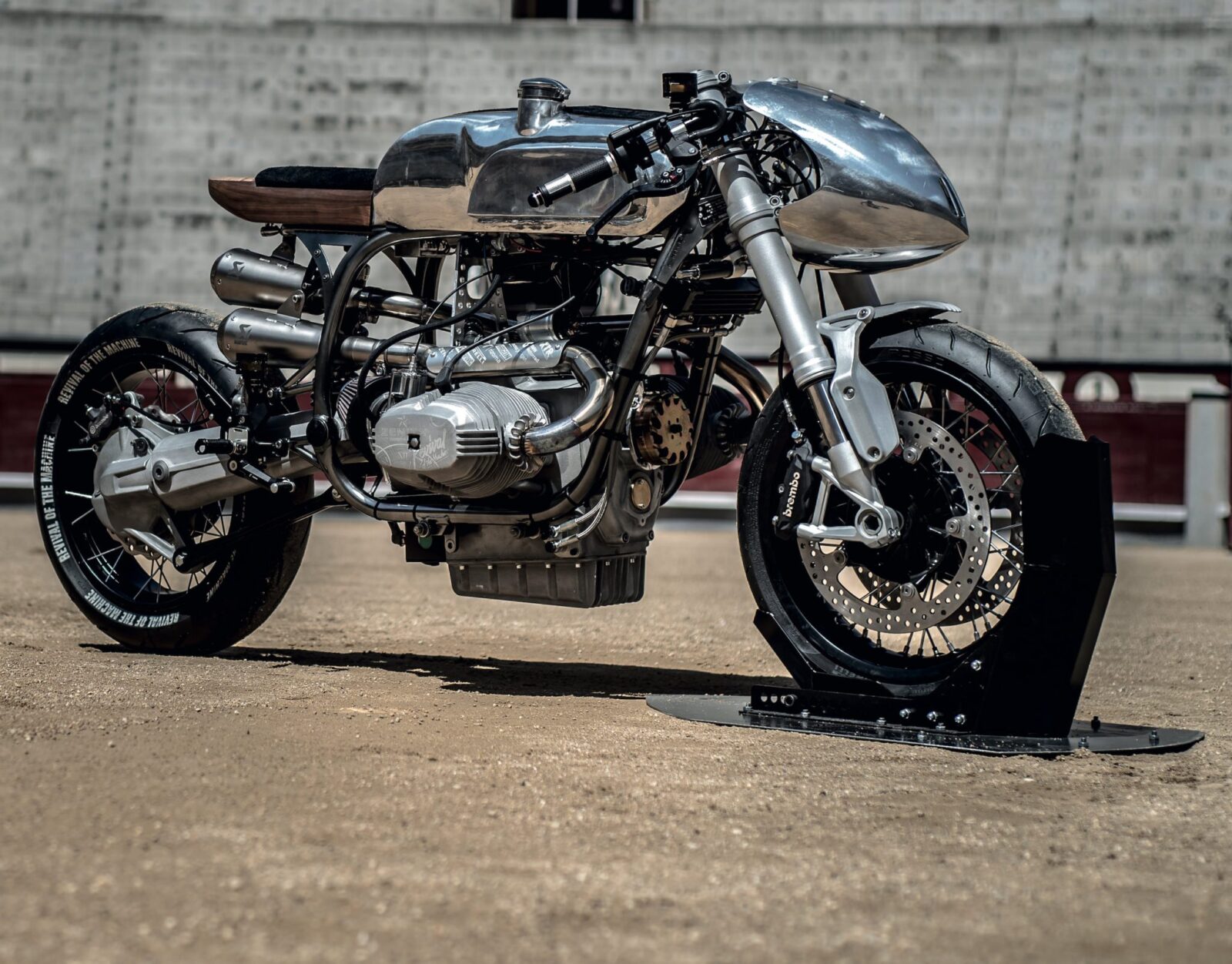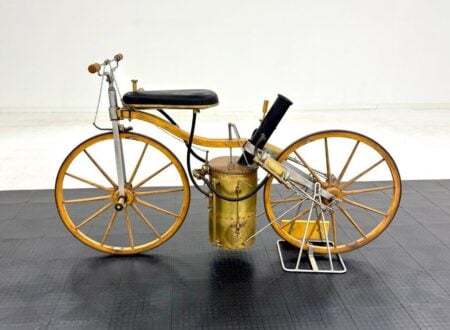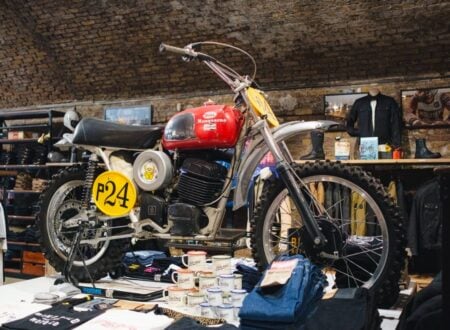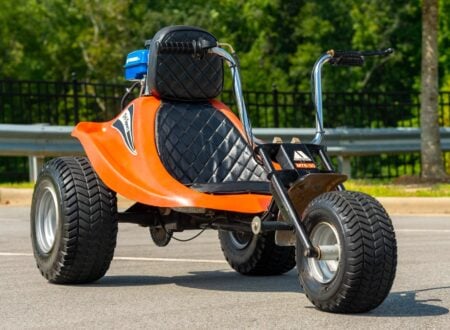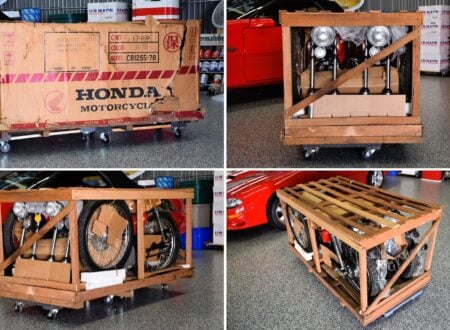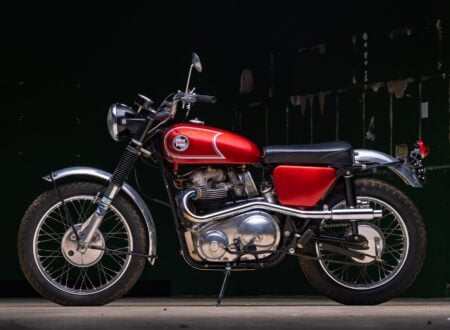The Revival of the Machine BMW R100RS is a collaborative motorcycle project between Spanish magazine Revival of the Machine and iconic Spanish custom motorcycle garage XTR Pepo.
A Short History of the BMW R100RS
The BMW R100RS was a transformative motorcycle for BMW, it was one of the first bikes designed to wear a fairing from the very beginning, and its design cues would be widely copied by a range of other motorcycle manufacturers in the years to come.
The fairing used on the R100RS was developed by Hans Muth, a major figure in the history of BMW, Ford, and Suzuki. Hans had a large hand in the design of the Ford Capri and after his tenure at BMW he developed the iconic Katana for Suzuki.
His work on the R100RS was extensive, he developed the original design the Pininfarina facility and quickly realized that the model would need more engine power and frame strength in order to handle the additional aerodynamic drag of the full fairing at highway speeds.
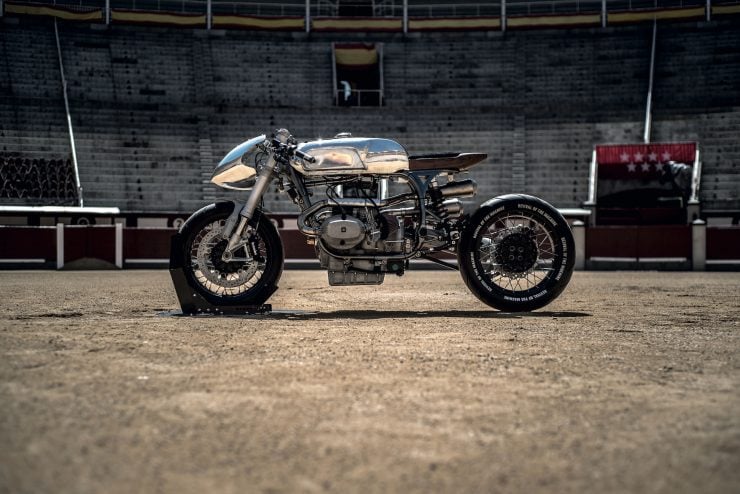
By the time it reached production the BMW R100RS produced 70 hp and 56 lbf.ft of torque, and it had a tested top speed of over 200 kph (over 125 mph). These figures resulted in booming sales figures for the R100RS, and even today almost 40 years after it was first introduced, it’s still considered a highly desirable motorcycle.
Although Hans Muth probably never considered it, the frame strengthening and additional engine power made the R100RS ideal for use as a custom motorcycle platform.
The Revival of the Machine BMW R100RS
The design process of this bike was only limited by the timeline – it had to be completed and ready in time for the 2017 Bike Shed Show in London on the 27th of May. Both Revival of the Machine and XTR Pepo are based in Madrid, which made the collaborative process an order of magnitude simpler.
The BMW R100RS was chosen as the foundation due to the additional strength engineered into the frame, originally intended to accommodate a large 7-piece fairing. As with all the builds that take place at XTR Pepo, this one began with a full teardown and examination of parts.
The design called for an eye-catching new headlight fairing and fuel tank hand-shaped from aluminum alloy, and it was decided to raid the BMW parts bin for more modern suspension and brakes to give the new bike performance to match its looks.
A new front end from a BMW R nineT was sourced, including upside down forks with twin Brembo rotors and calipers. This was paired with a new rear end from a BMW R850 R Guarda Civil – the preferred motorcycle of the Spanish police force. The swingarm and rear wheel were used, with frame modifications to make sure it would all bolt together. This was then accompanied by an adjustable Hagon monoshock, and a set of matching Pirelli Diablo Rosso Corsa tires were fitted front and back.
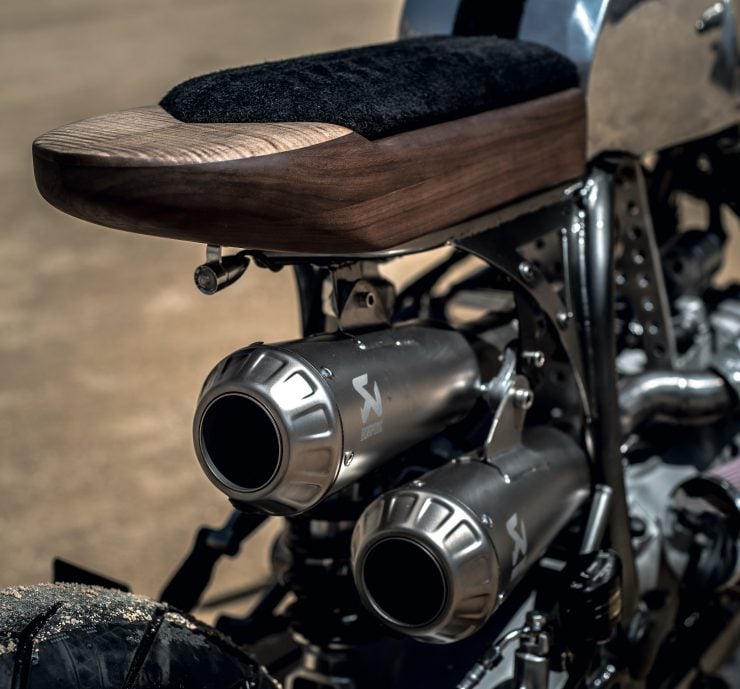
Pepo Rosell (the man behind XTR Pepo) added an aluminum alloy frame-to-engine support to keep it rigid, and the engine was rebuilt with a competition camshaft, high compression pistons, new Lectron Power Jet carburetors, K&N pod filters, and a new digital ignition.
The multi-layered wooden seat is the work of Javi Moldes, a guitar maker from Spain. He used a combination of maple and walnut, and capped it off with a low profile padded seat to keep the rider comfortable.
Rizoma clip-on handlebars and grips were used to keep the riding position low, and the original gauges were swapped out for more modern units from Motogadget – Motogadget also supplied the controls and the m-Unit Blue digital control and fuse box.
Perhaps the most interesting new addition to the bike is the Zenith Pilot Type 20 wristwatch that’s been incorporated into the top of the fuel tank, allowing the rider to know just how many hours they’re spending at the track.
You can visit Revival of the Machine here or follow them – Facebook – Twitter – Instagram
You can visit XTR Pepo here or follow them – Facebook – Twitter – Instagram
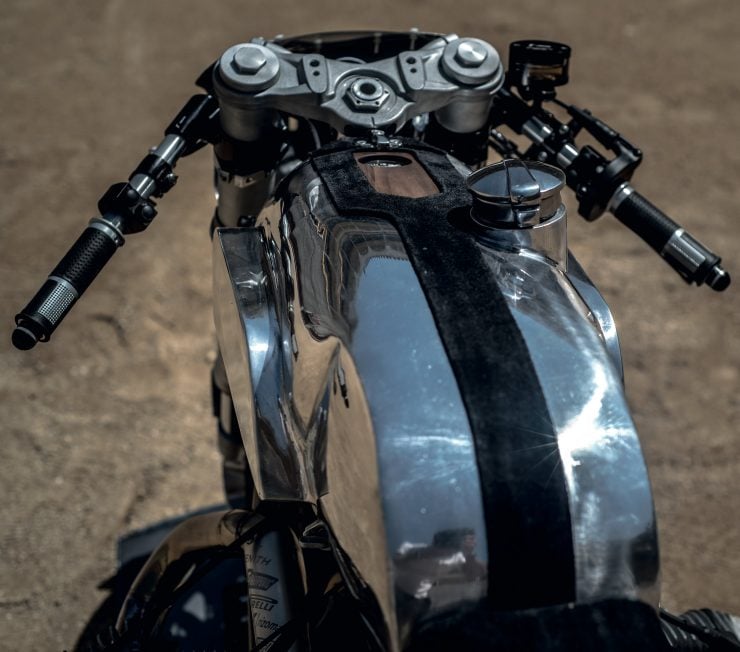
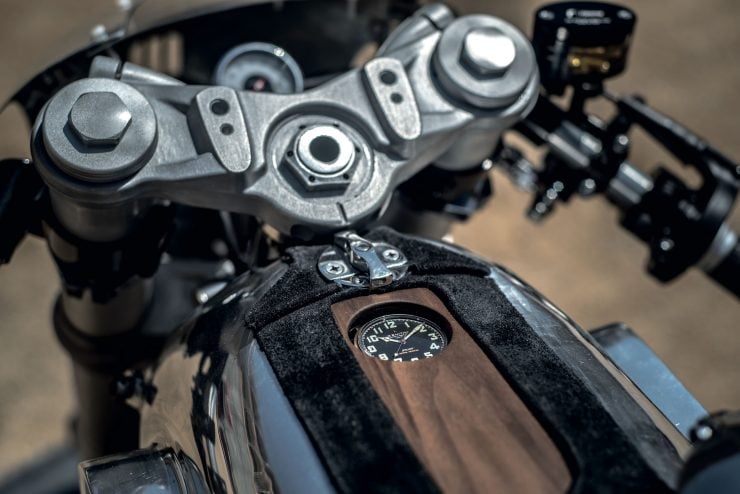
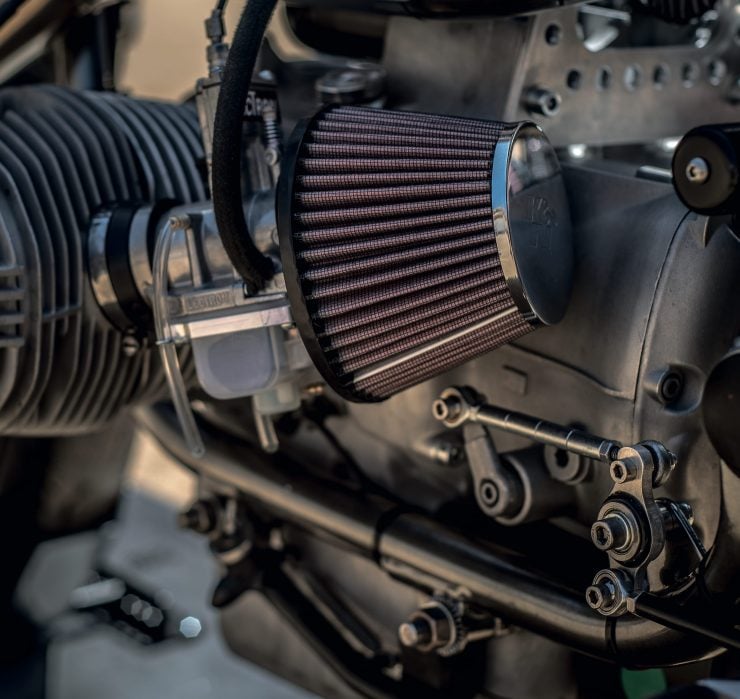
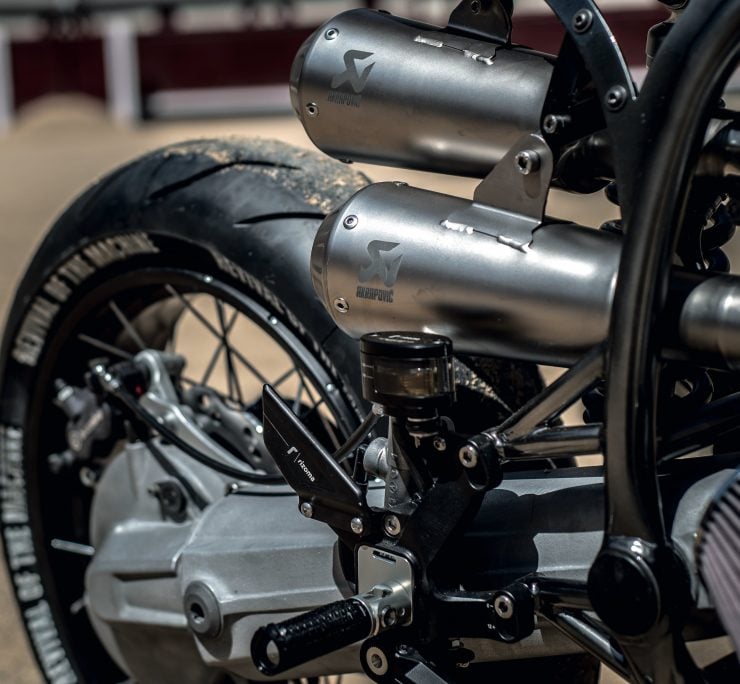
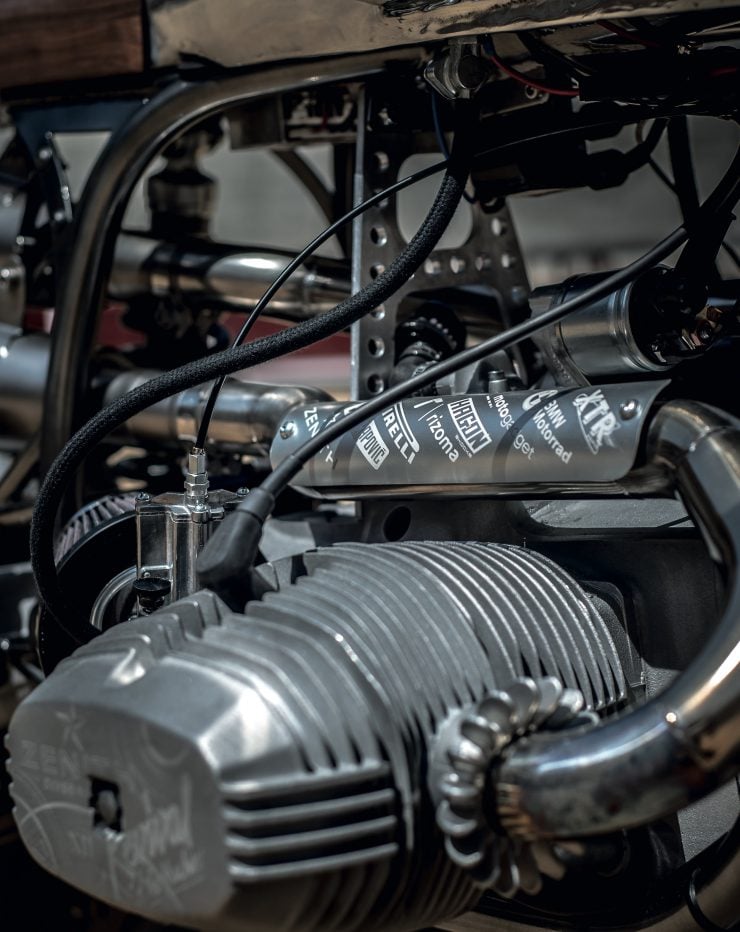
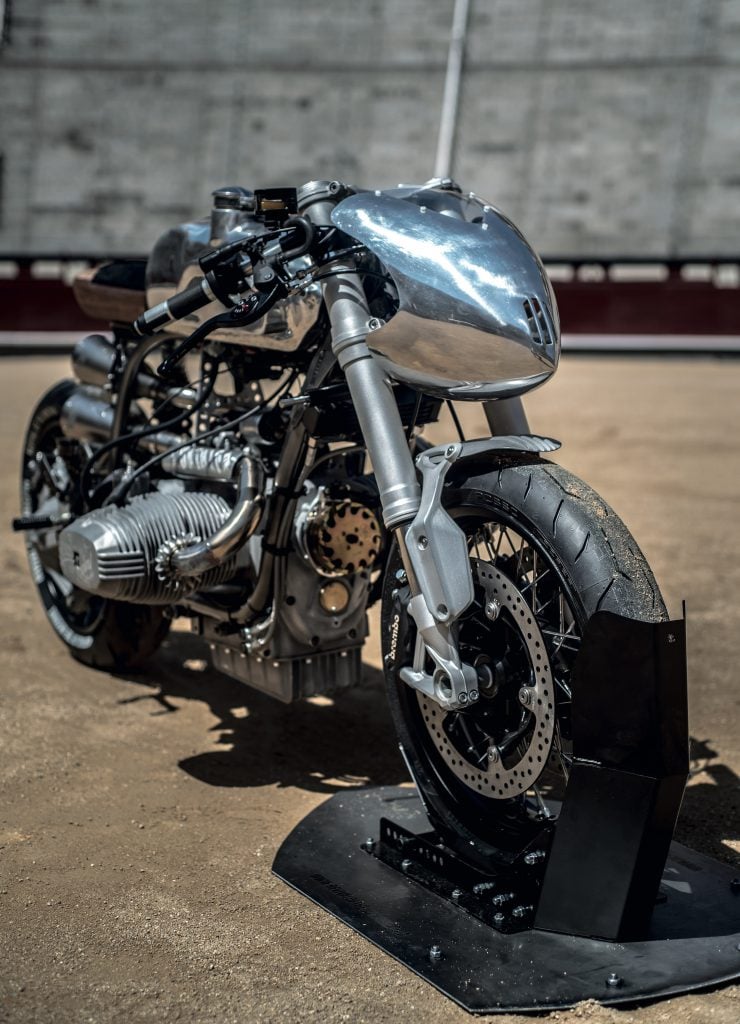
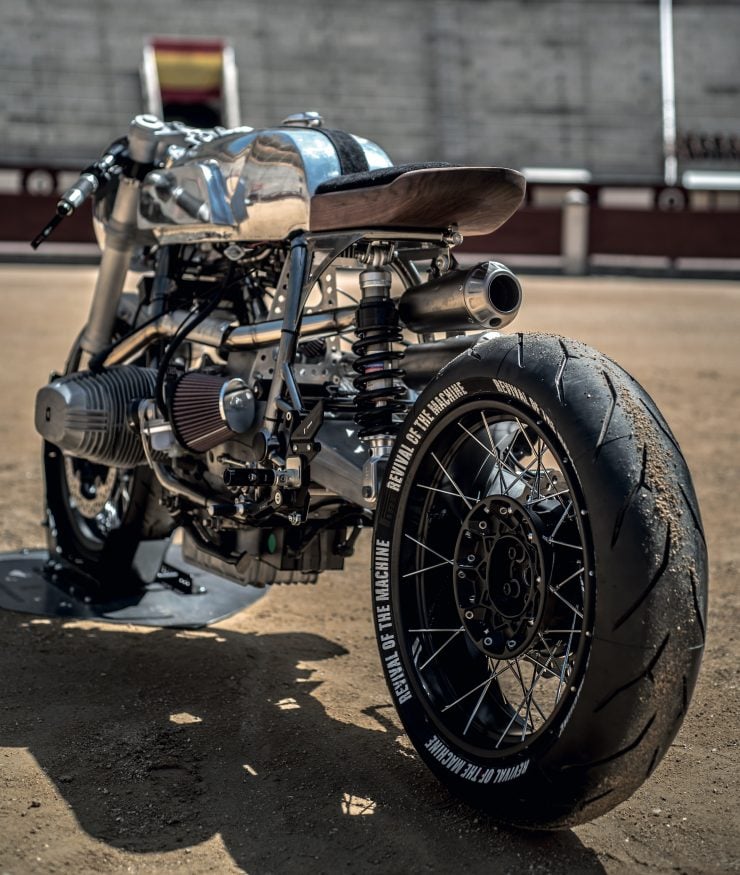
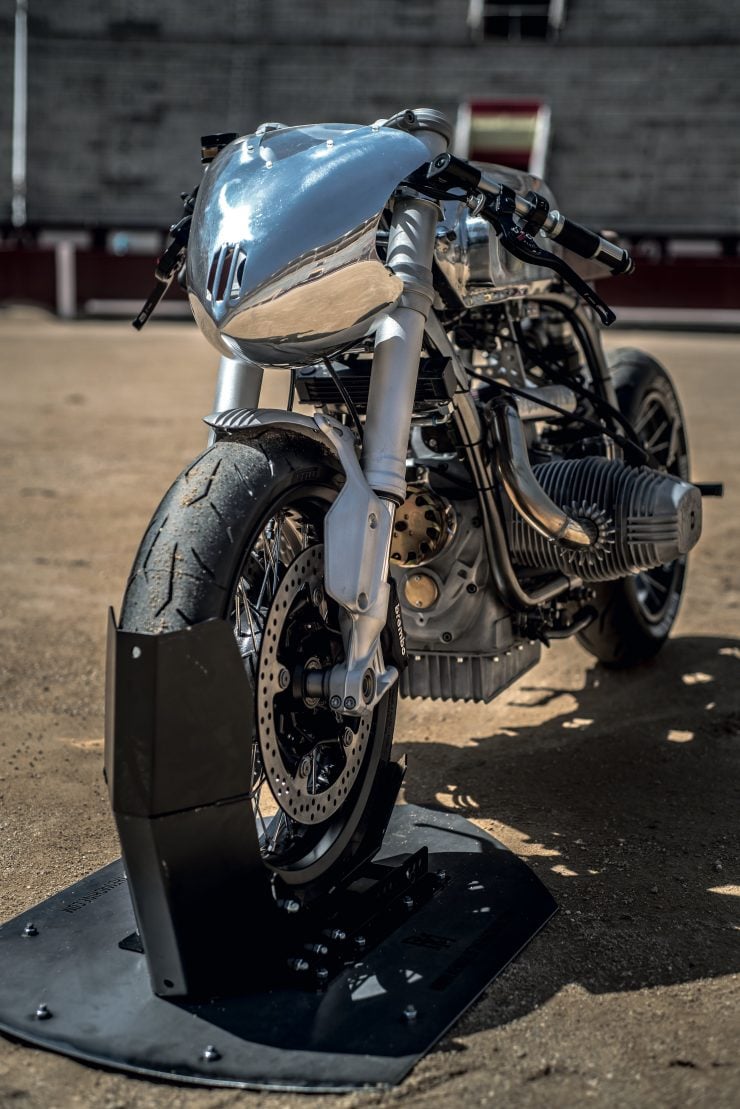
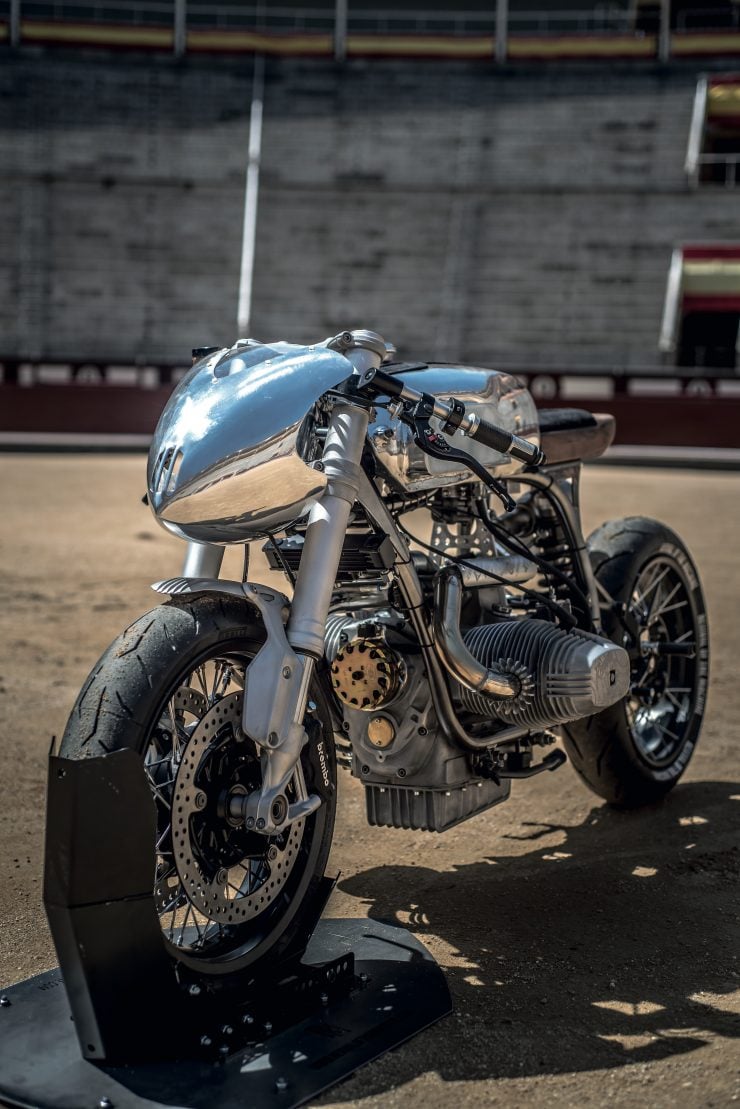

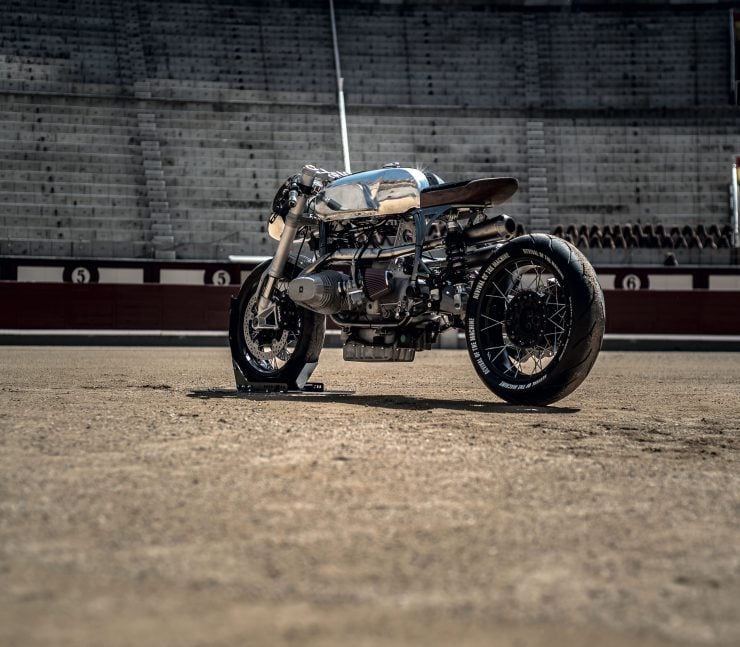
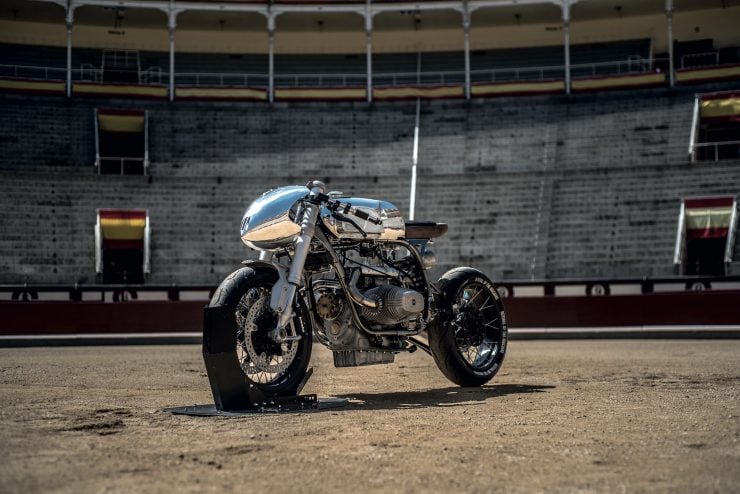
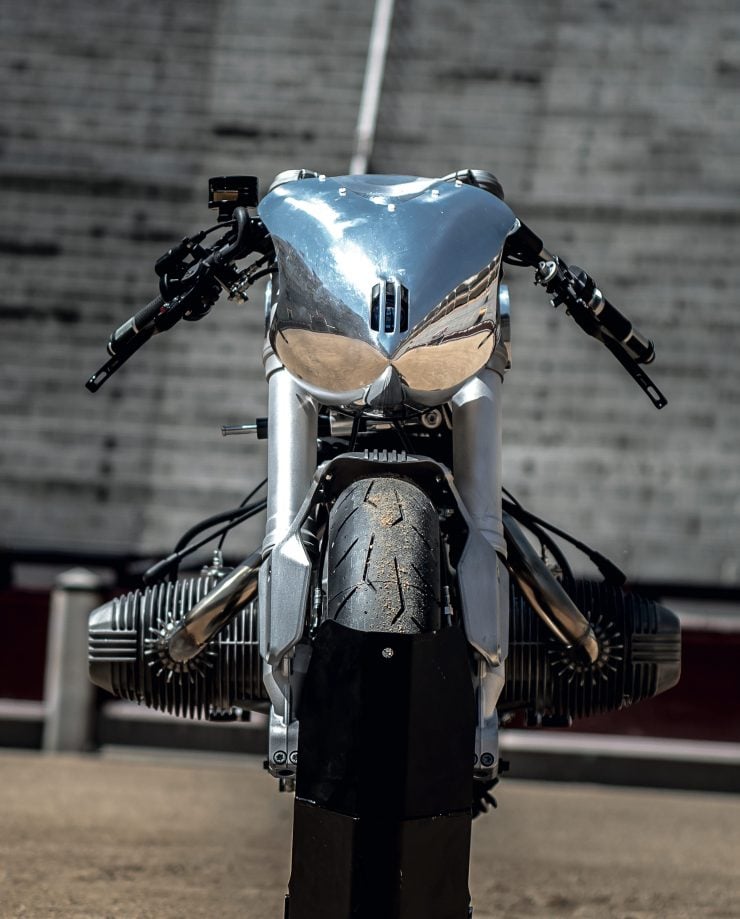
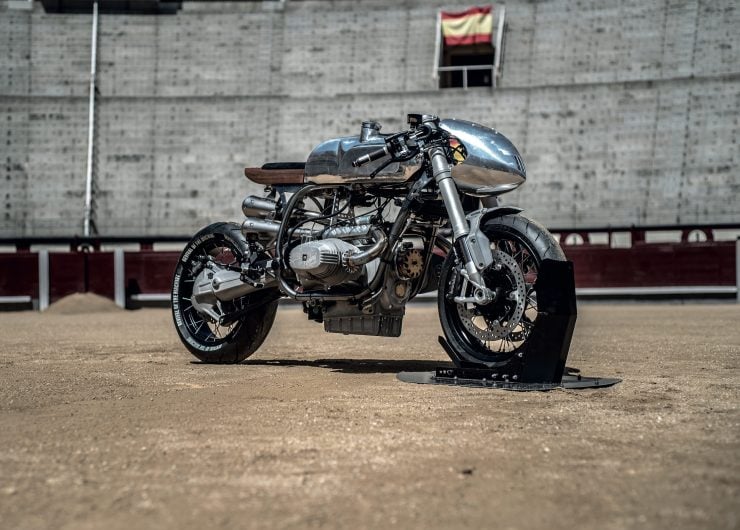
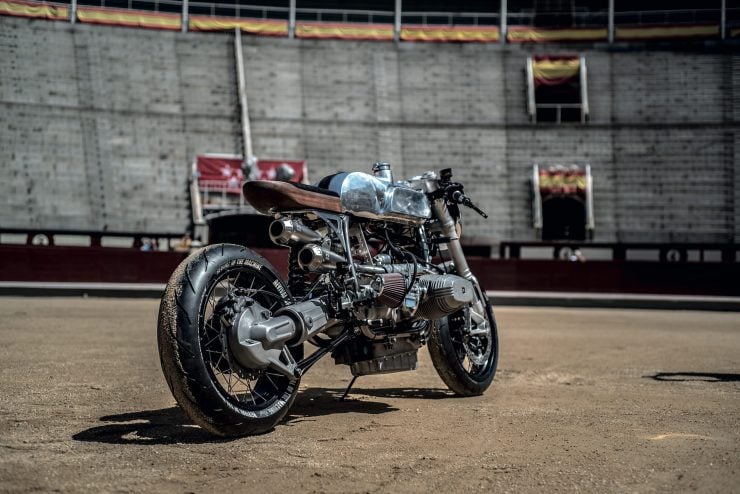

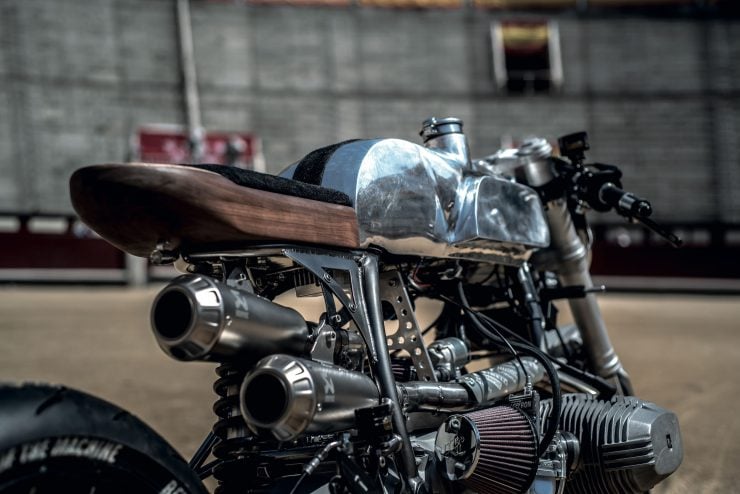
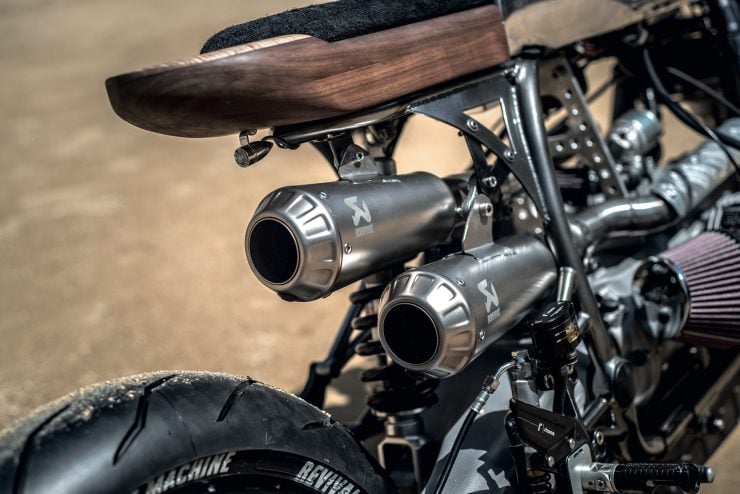
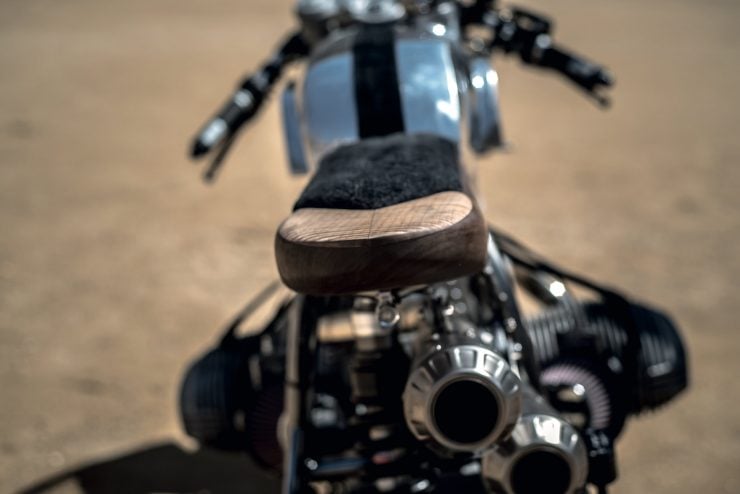
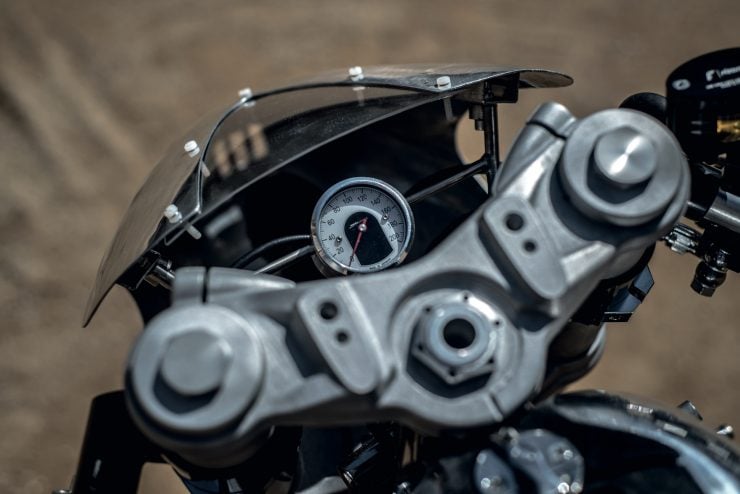
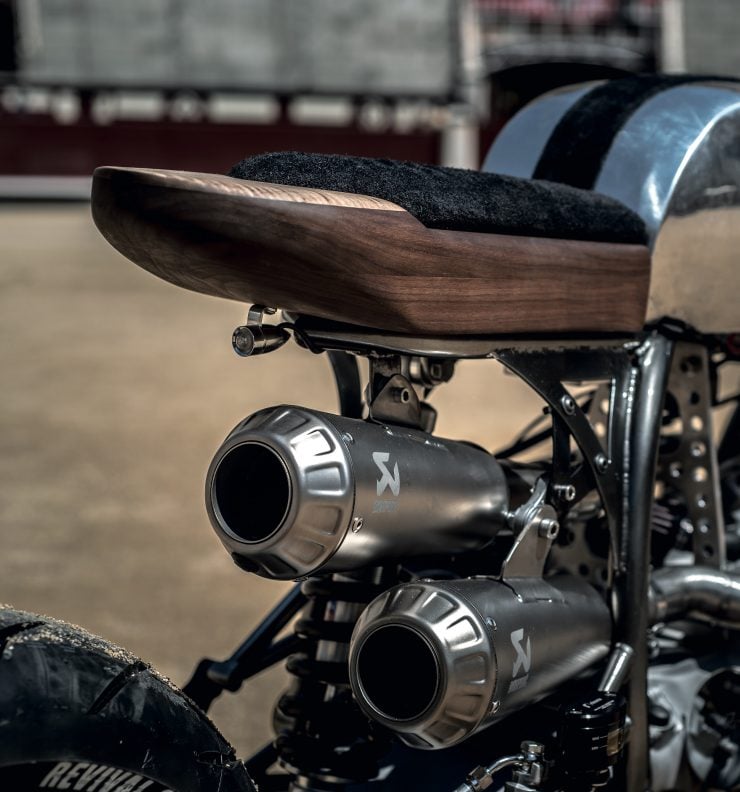
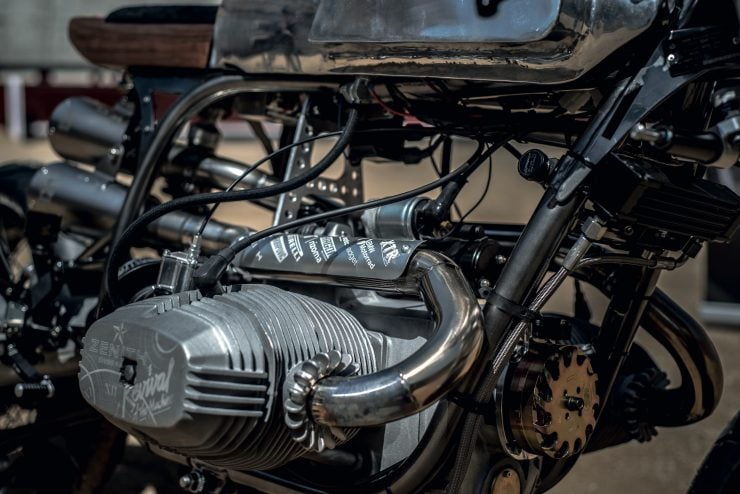
Images courtesy of Diego Bermudez

